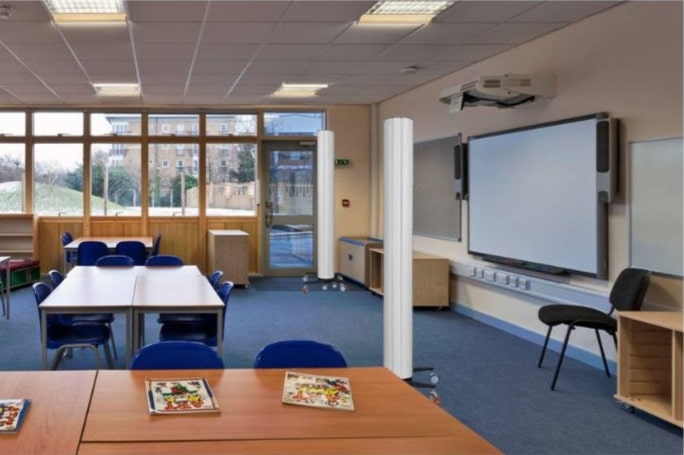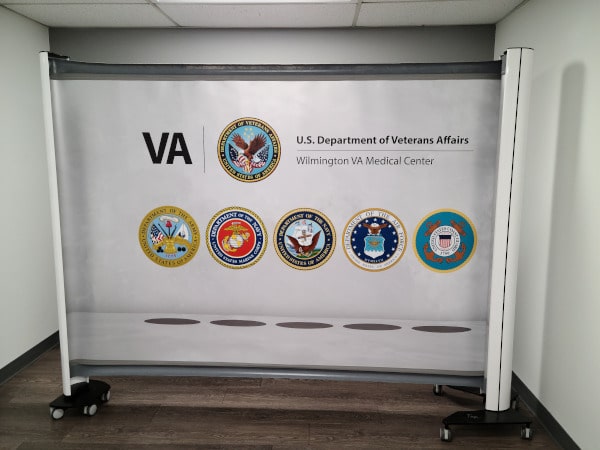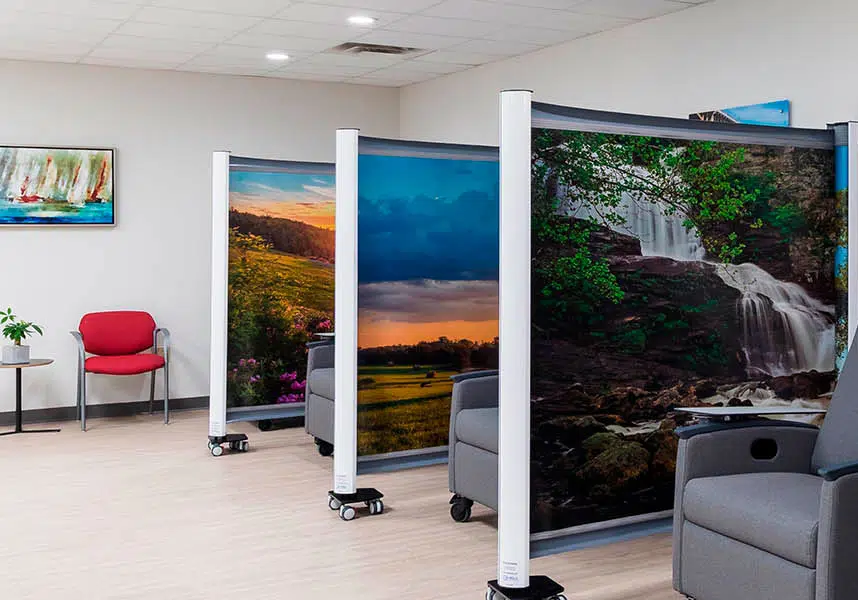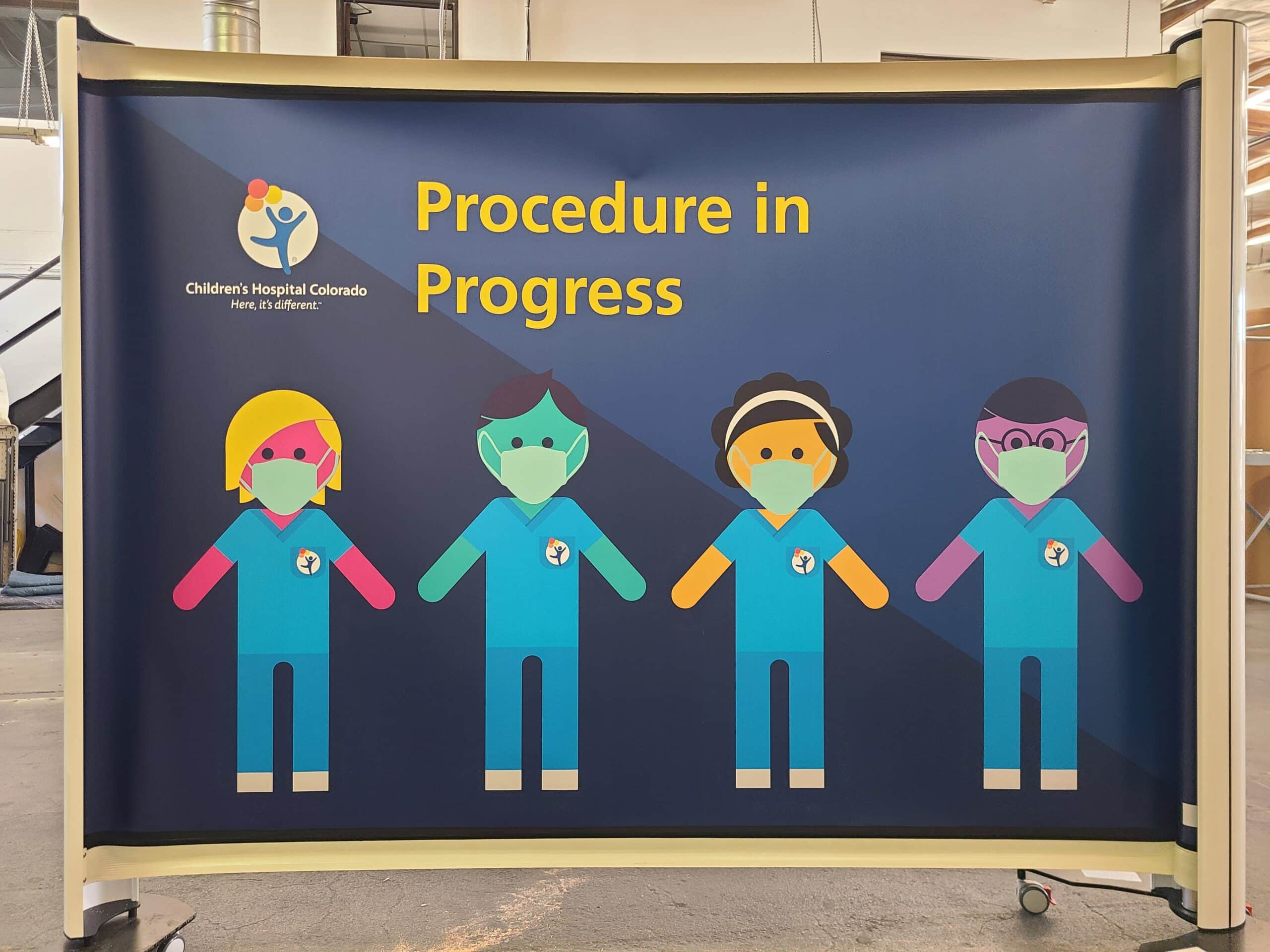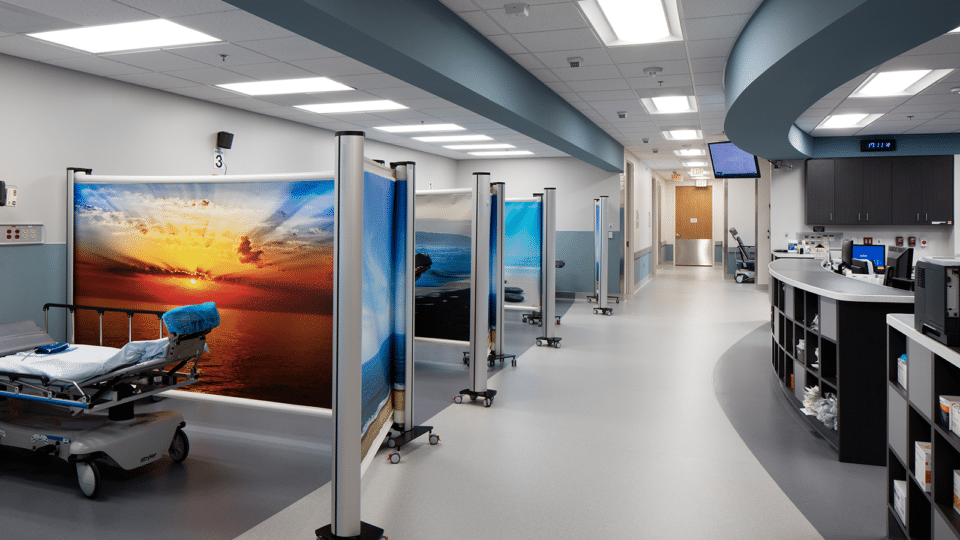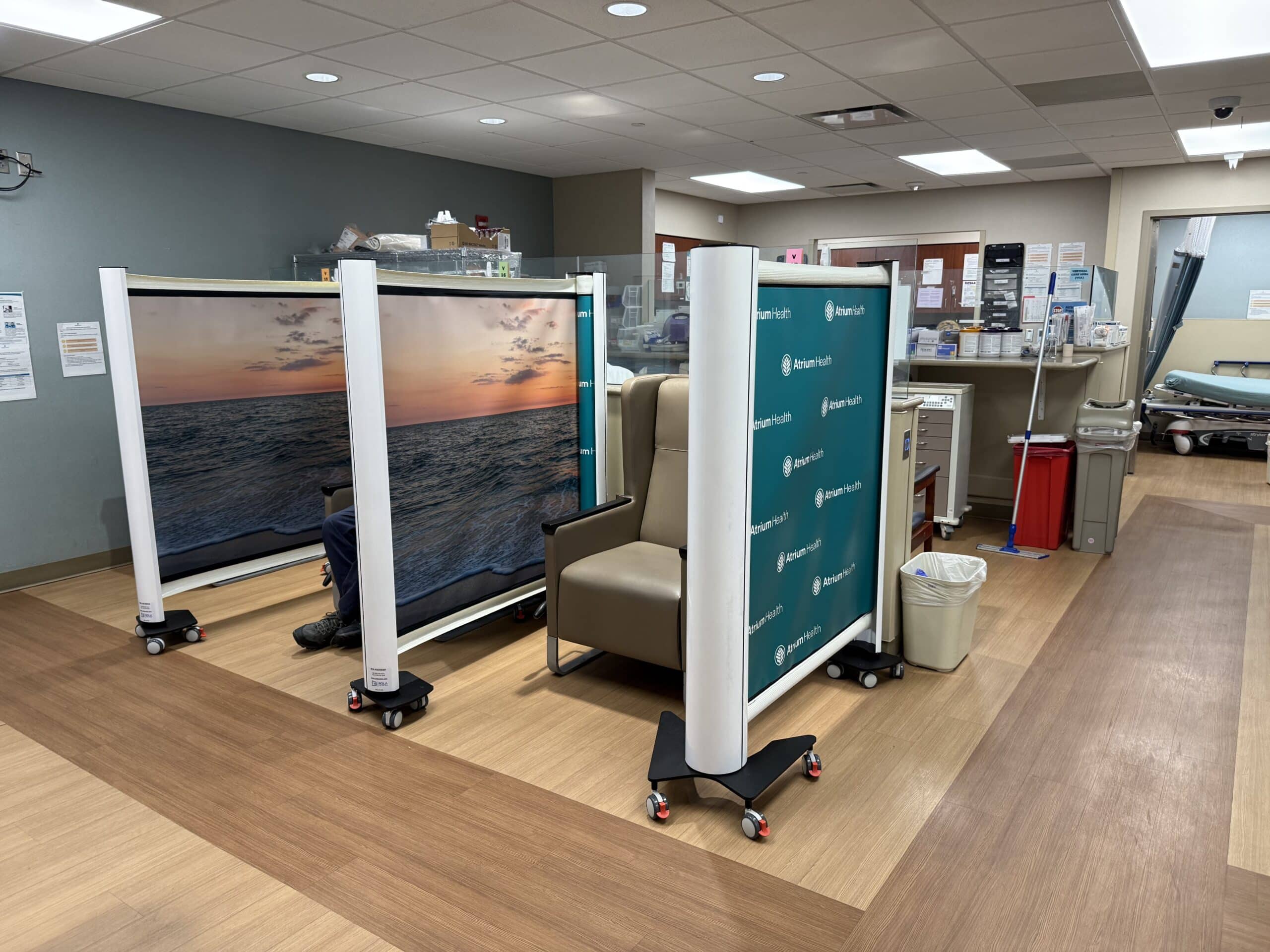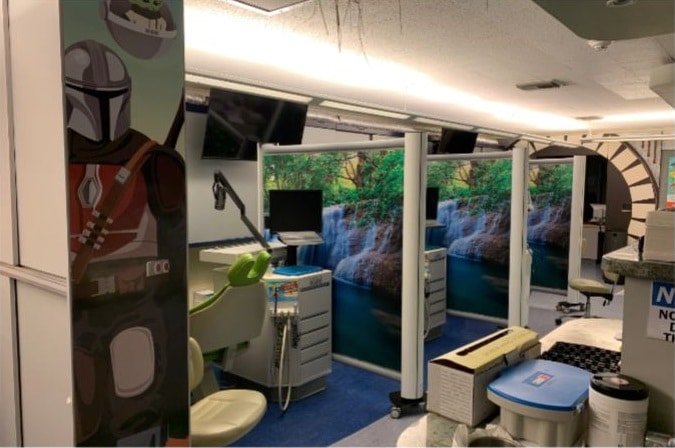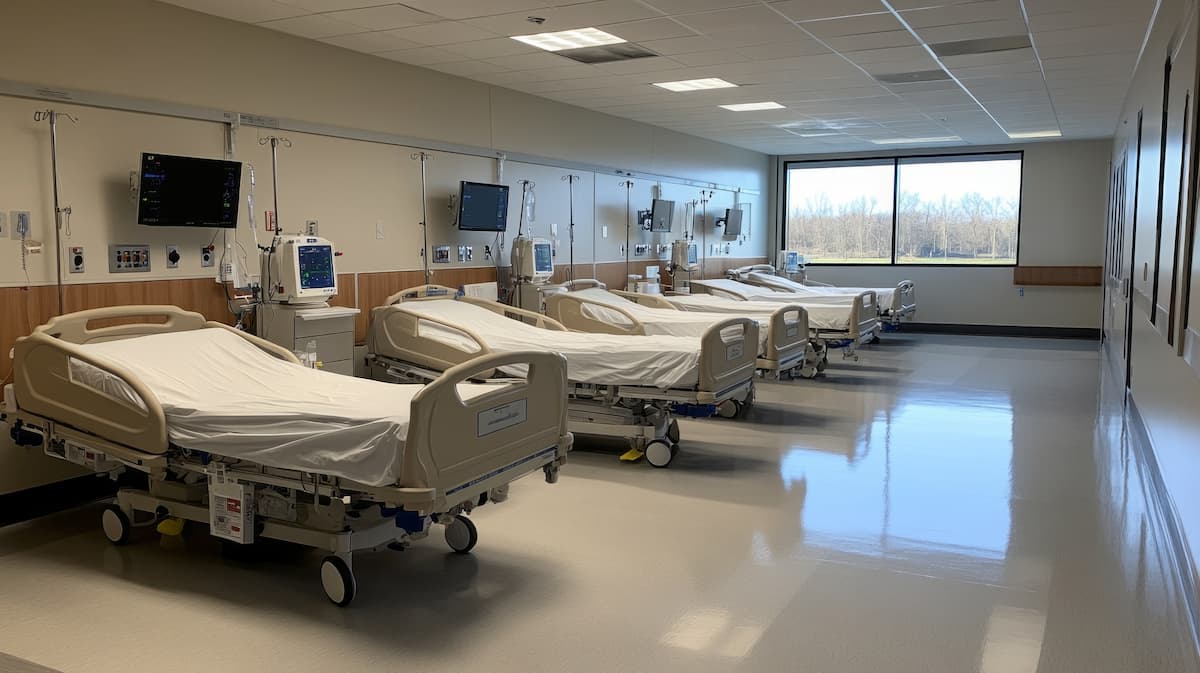Rethinking Classroom Layouts: The Case for Portable Dividers
Why schools are turning to flexible, mobile dividers to improve learning spaces As schools adapt to evolving learning environments, from multi-use classrooms to hybrid education, traditional room setups no longer meet modern demands. Fixed walls and bulky furniture limit how space can be used—especially in settings where multiple groups, grades, or programs need to share
